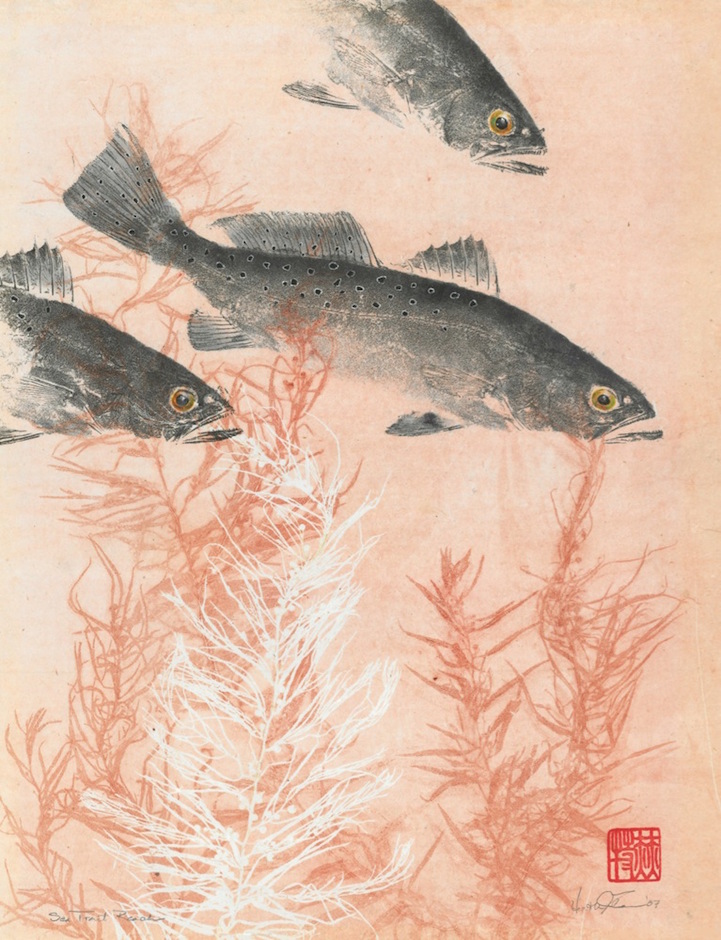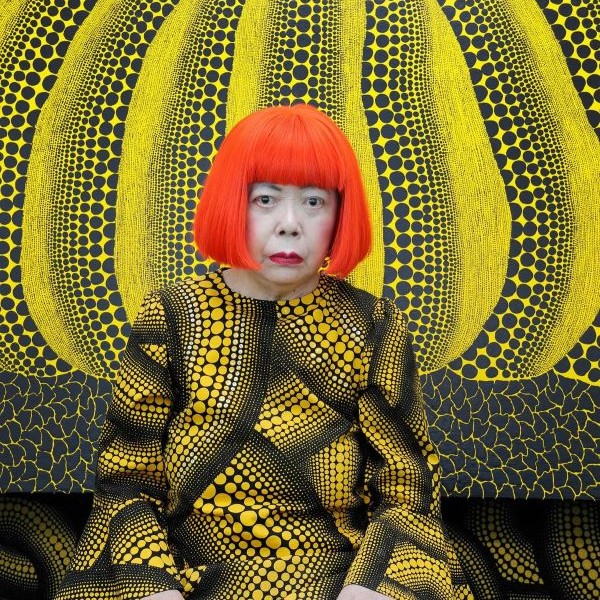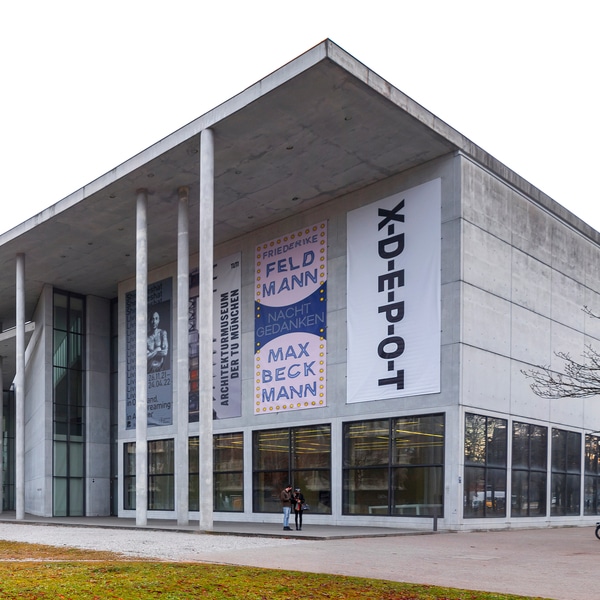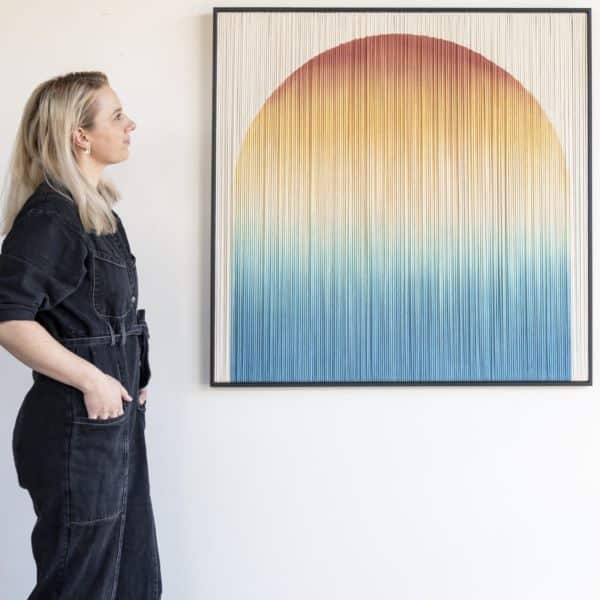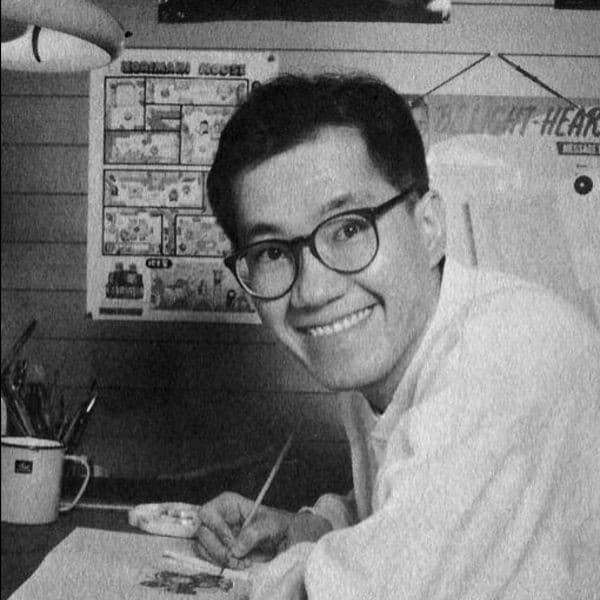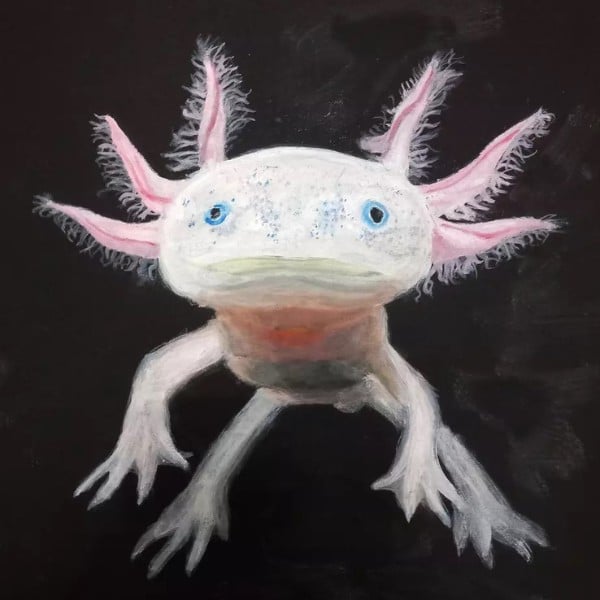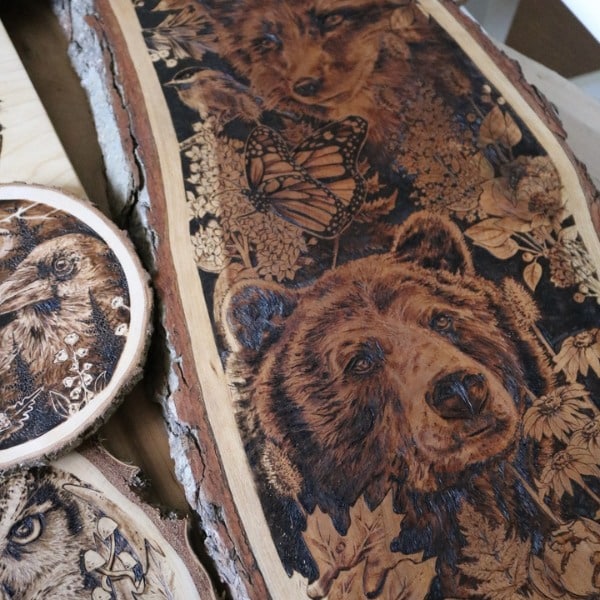In her nature-inspired works of art, Heather Fortner not only depicts the forms of fish, but does so using the actual bodies of the fish. The technique is called gyotaku (? gyo “fish” + ? taku “rubbing”), a traditional Japanese method of fish printing that originated in the mid-19th century as a way for fishermen to record the size and characteristics of their daily catches. Anglers would keep a supply of rice paper, sumi ink, and brushes on their boats so that they could make ink etchings of their freshly caught fish; the prints were so accurate that they were often used to determine the winners of fishing contests in Japan.
There are two ways of applying gyotaku: direct and indirect. The technique of direct printing, which Fortner employs, involves applying ink or paint directly on the body of the fish, then pressing silk or rice paper on top to receive the ink image. In indirect printing, however, ink is applied to paper that has been adhered to the fish's body, similar to a gravestone rubbing. Both methods, if done correctly, yield incredibly exact reproductions of the fish's form. Artists like Fortner then paint in the eyes and surrounding details to create lifelike underwater scenes.
Gyotaku, which is now practiced around the world as a popular art form, is not traditionally associated with waste, as fishermen would usually wash the ink off the body of the fish before cooking and eating it. On her part, Fortner primarily uses dead fish found washed up on the beach, and she takes care to reuse the fish for several printings before burying the body in her yard as fertilizer. This way, she explains, she can use her art to remind people that fish are a limited resource that's being depleted rapidly from overfishing–all the while making sure that nothing is wasted in her creative process.
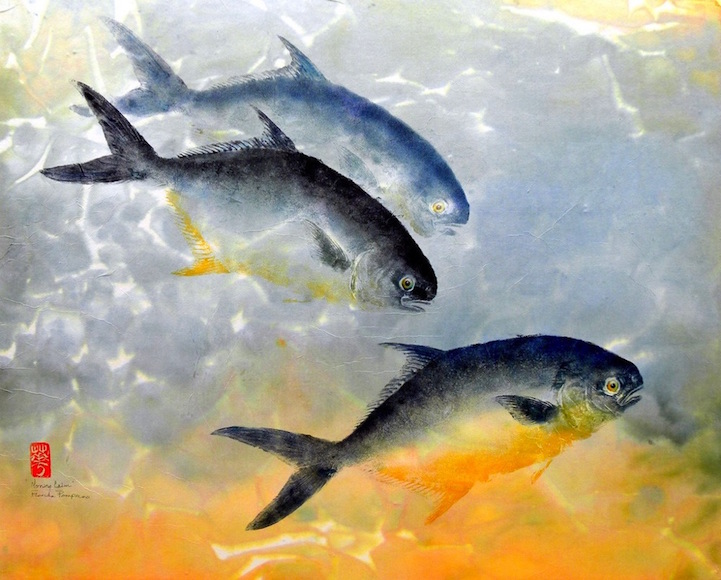
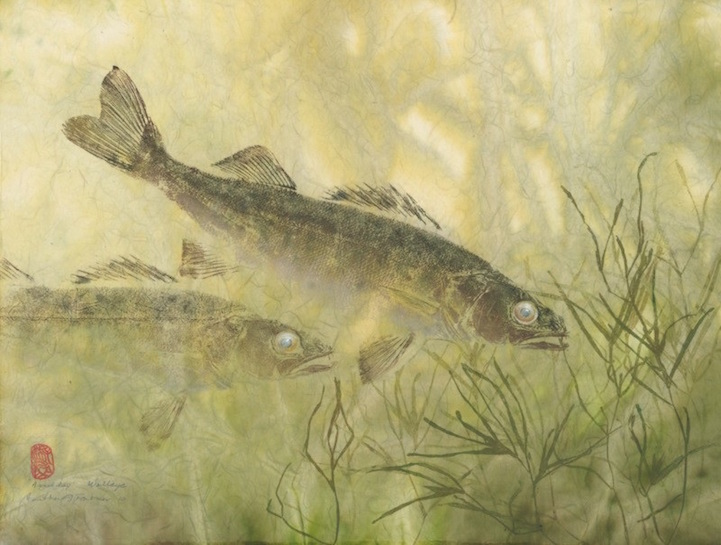
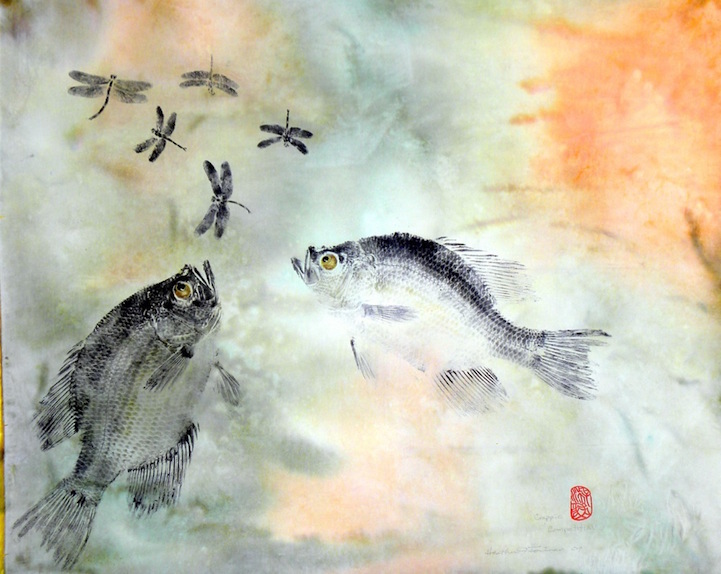
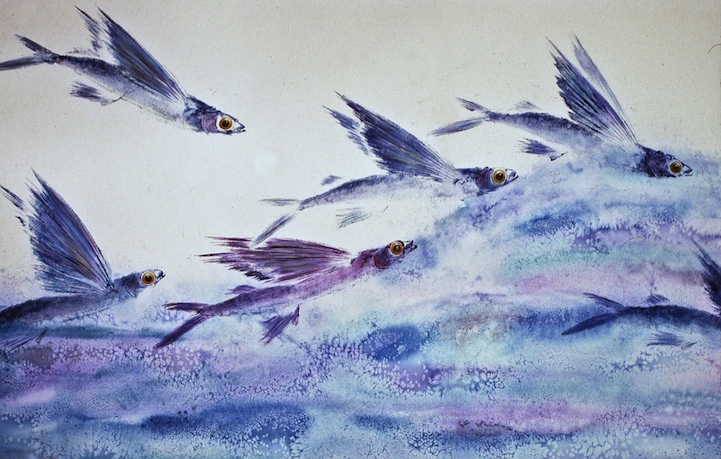
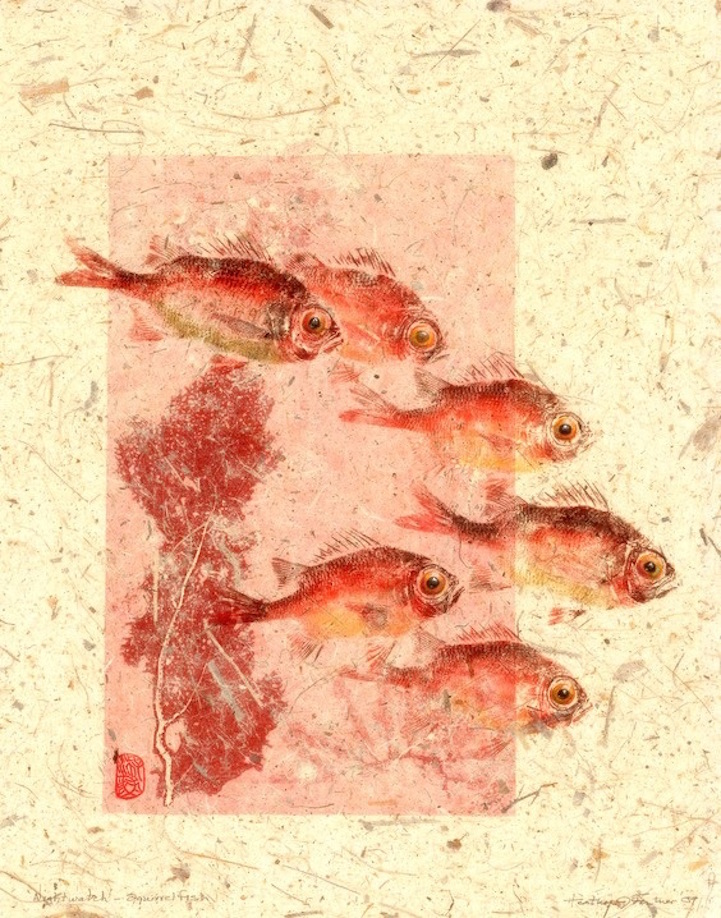
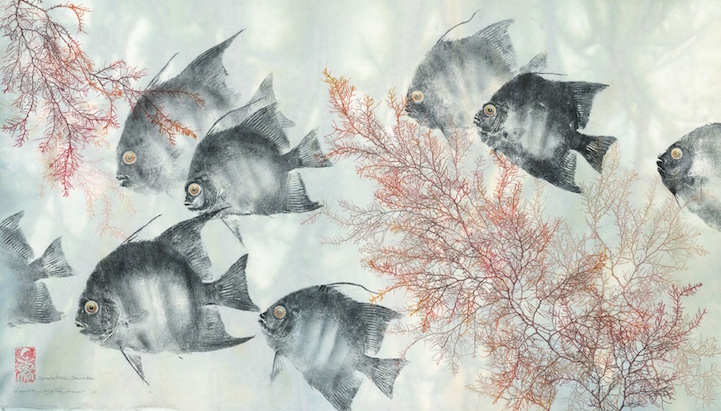
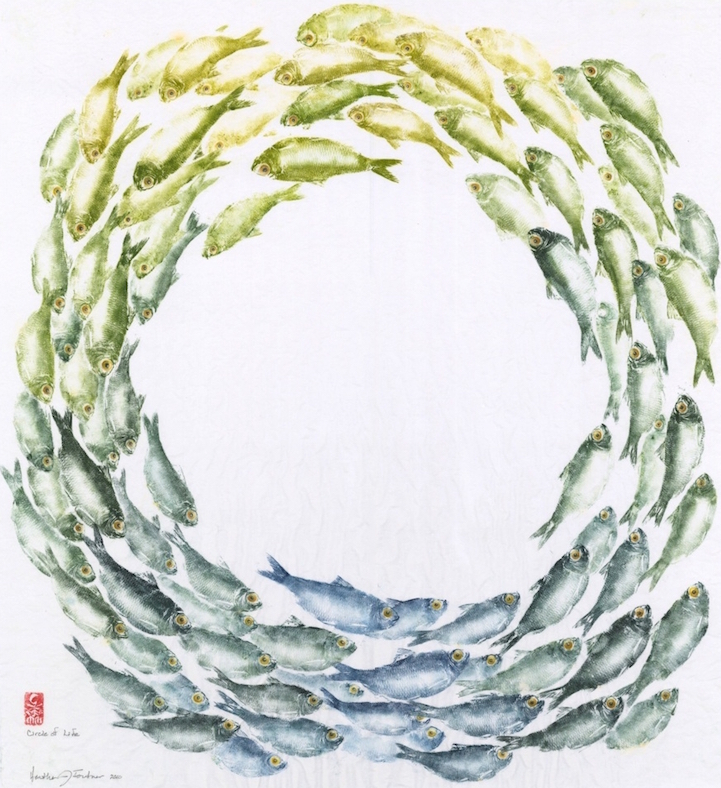
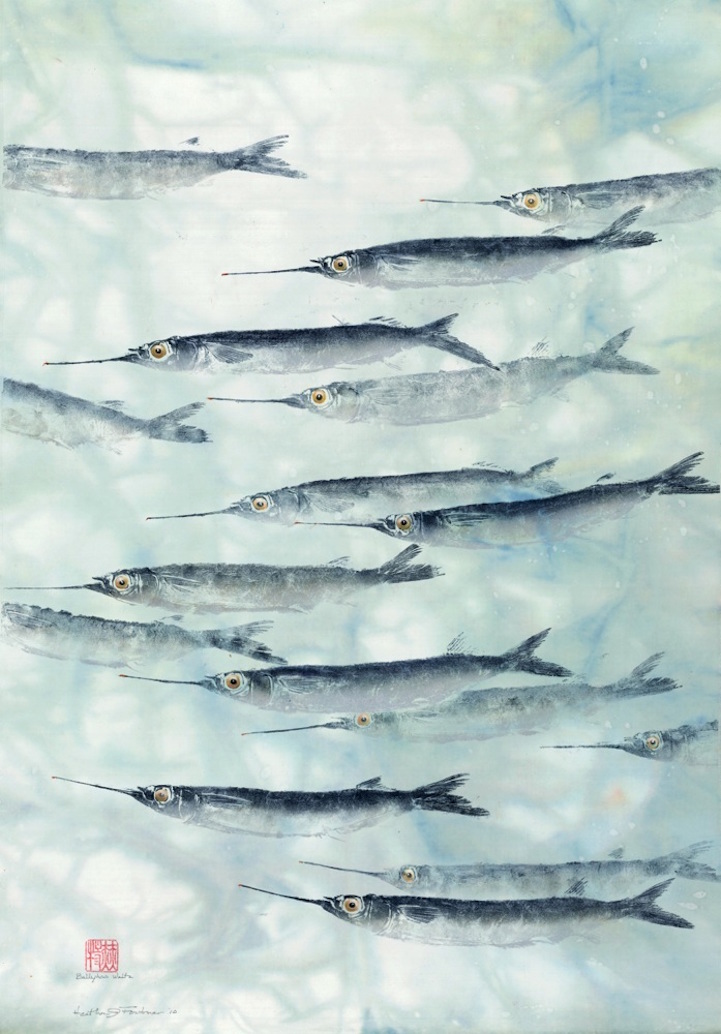
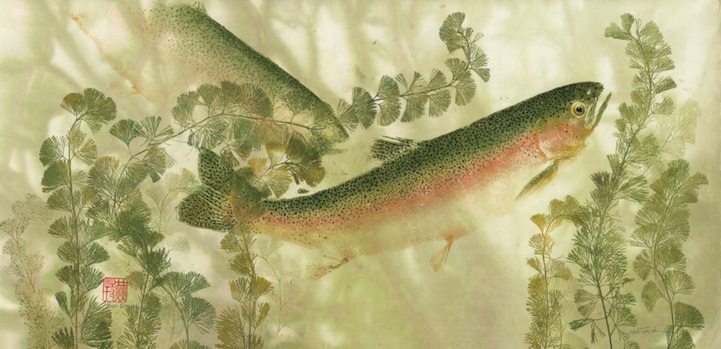
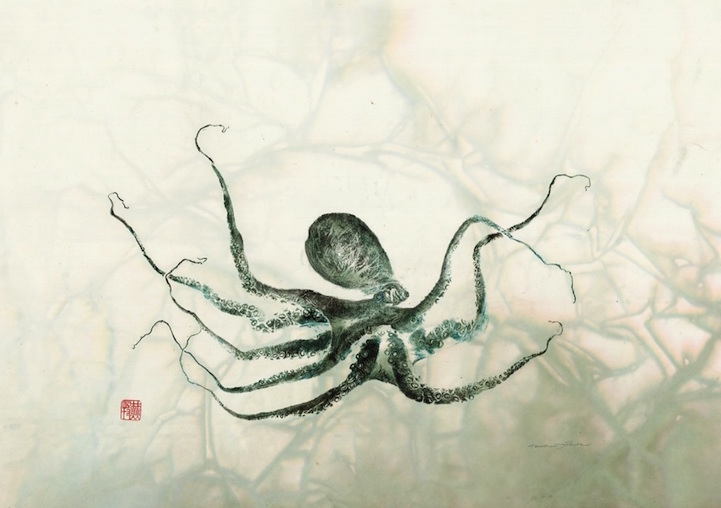
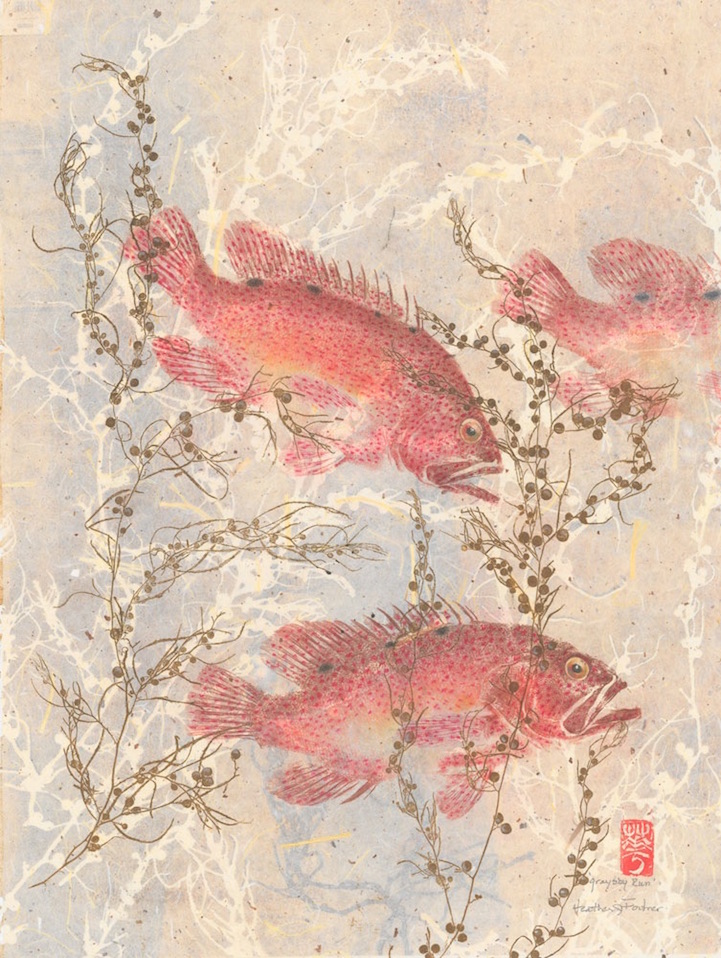
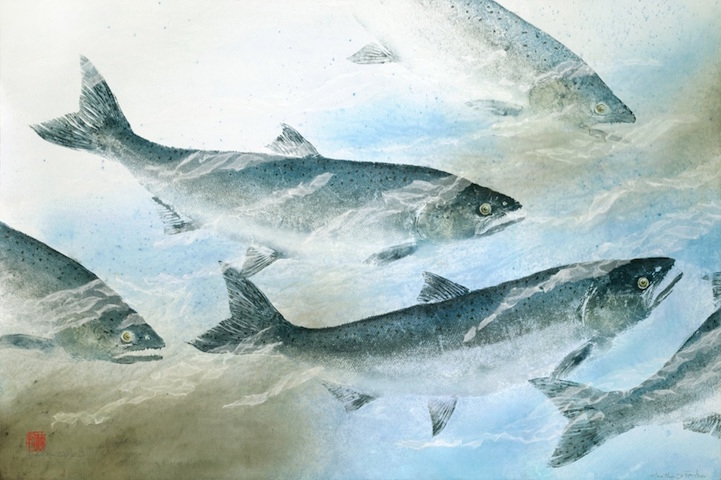
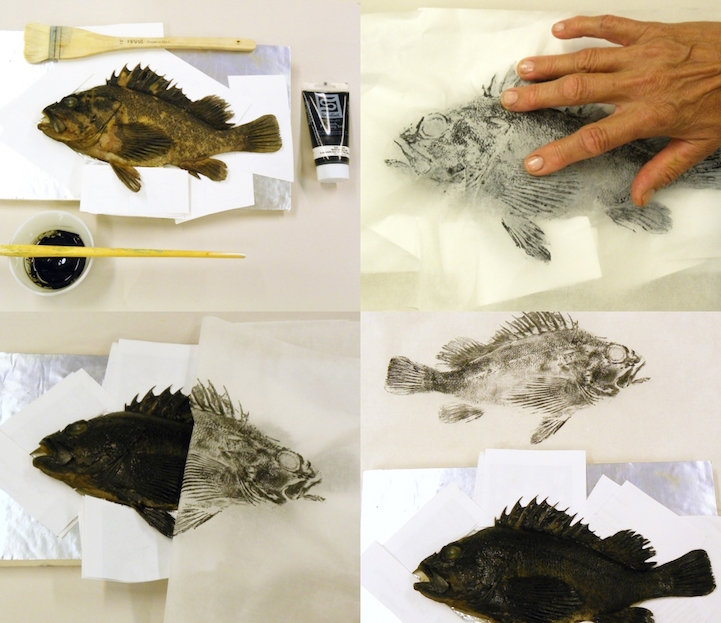
Heather Fortner: Website | Facebook
via [Faith is Torment]
